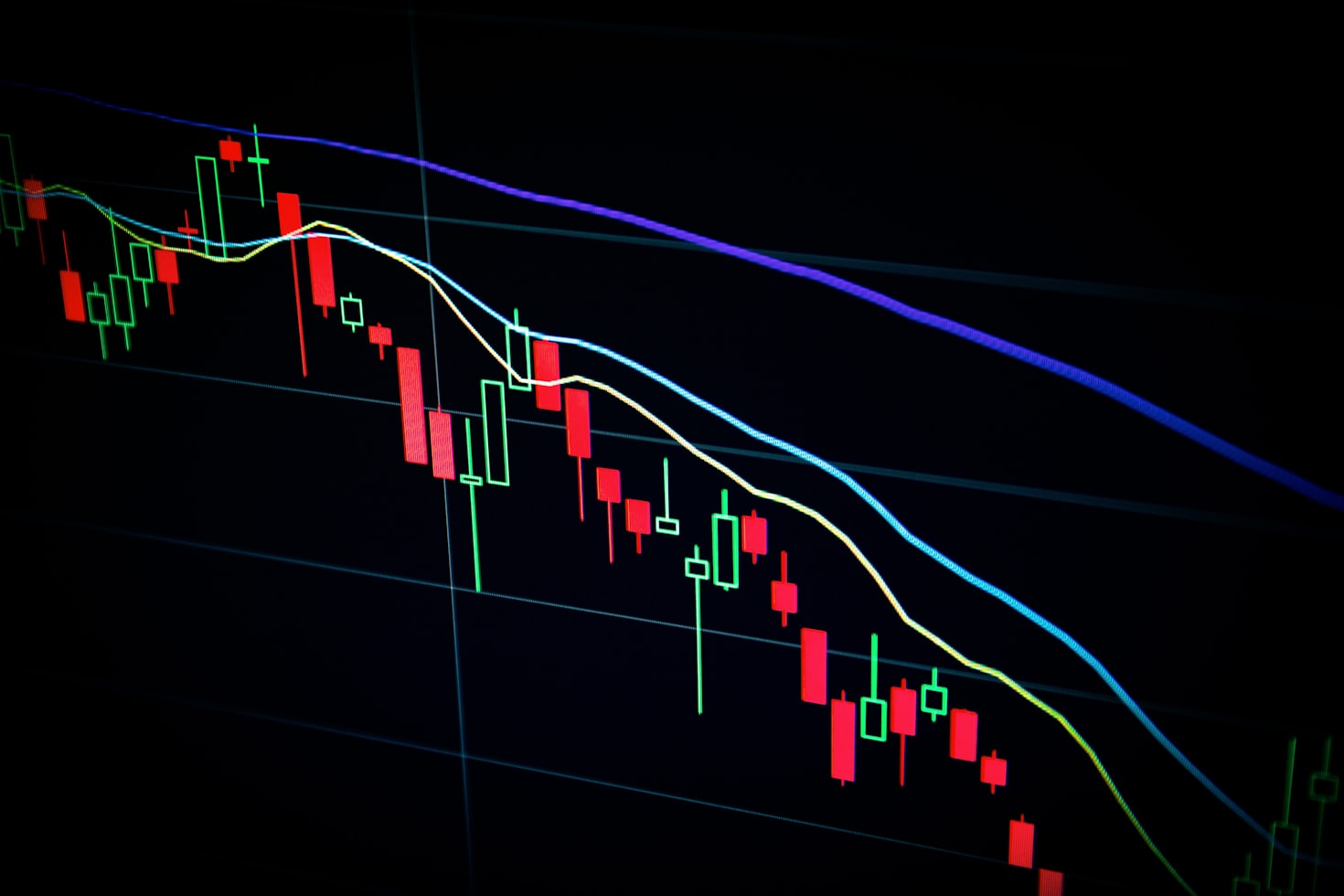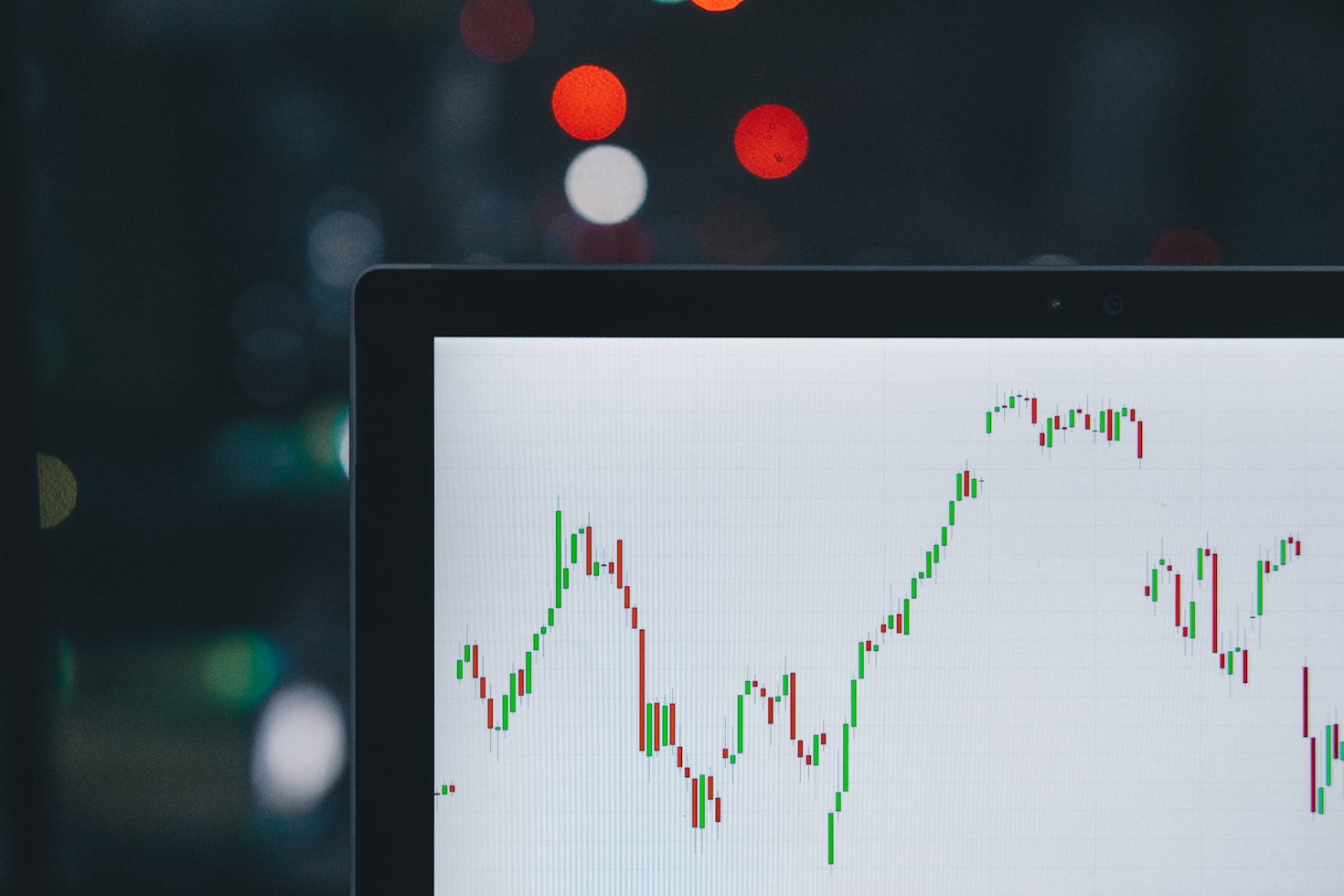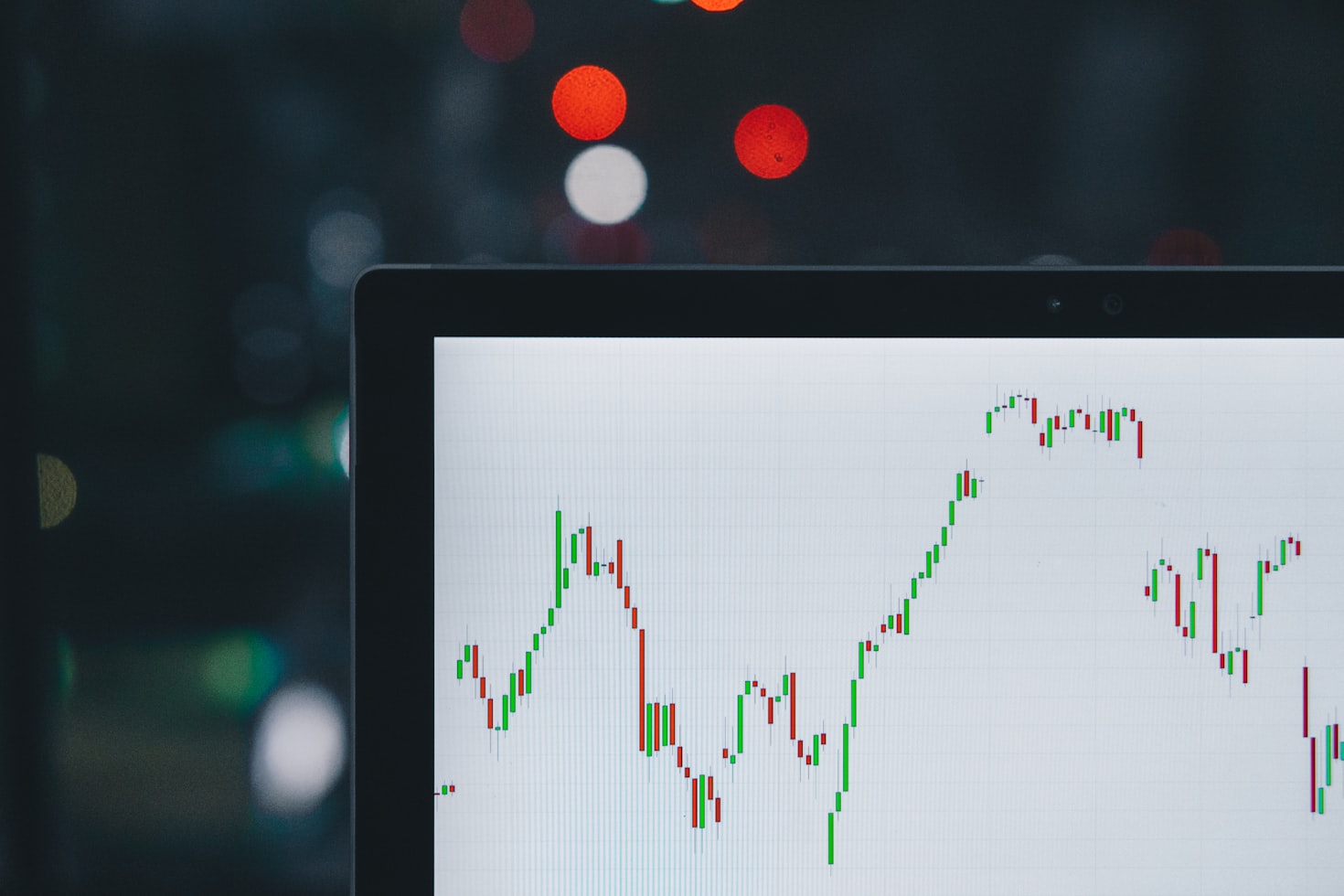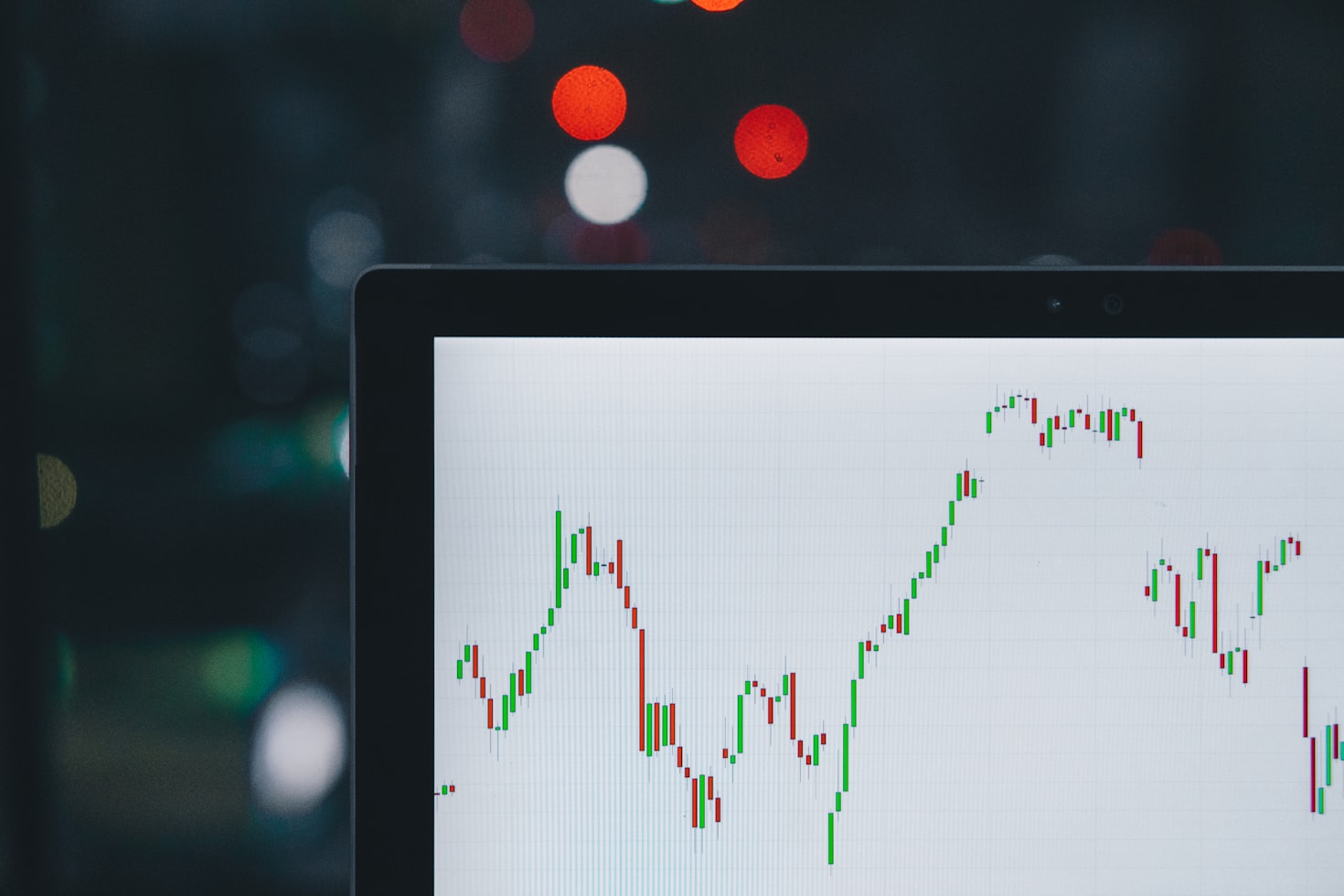Gold Prices in India: A Soaring Concern for Budgets

The Indian economy has been navigating through a period of uncertainty, with global economic conditions and US tariffs posing significant challenges. The latest development in the commodities market is the predicted surge in gold prices, which is expected to reach between Rs 87,000 and Rs 96,000 per 10 grams by 2025. In this blog post, we’ll delve into the factors driving this trend and its implications for Indian investors.
Global Economic Uncertainties and US Tariffs: The Perfect Storm
The global economy is experiencing a perfect storm of uncertainty, with trade tensions between major economies, including the US and China, casting a shadow over the market. The US Federal Reserve’s policy of raising interest rates to combat inflation has also contributed to the volatility. These factors have led to a surge in gold prices, as investors seek safe-haven assets to hedge against potential market downturns.
Impact on Indian Investors
For Indian investors, the rising gold prices pose a significant challenge. On one hand, the strong investment demand for gold remains a positive sign for the yellow metal. However, high prices have led to a decline in jewellery sales, which is a significant contributor to the gold demand in India. This trend is likely to continue, with gold prices expected to soar to unprecedented levels.
Rural and Urban Investors: A Differentiated Perspective
The impact of rising gold prices is likely to be felt differently by rural and urban investors in India. Rural investors, who often have limited access to financial markets, may rely more heavily on physical assets like gold for their investments. For them, the high prices may lead to a reduction in their purchasing power, making it difficult to maintain their investment portfolios.
Urban investors, on the other hand, may be more diversified in their investment portfolios, with a greater exposure to other asset classes like equities and fixed income securities. However, they may still be impacted by the rising gold prices, particularly if they have gold as a part of their investment portfolio.
RBI Policies and Government Regulations

The Reserve Bank of India (RBI) has introduced various measures to curb gold imports and reduce the country’s current account deficit. The RBI’s policy of imposing a higher import duty on gold and restrictions on gold imports have helped to reduce the demand for gold in India. However, the rising gold prices may lead to a re-evaluation of these policies, which could impact the overall gold demand in the country.
Comparison with Global Markets
The Indian gold market is not immune to global trends, and the rising gold prices are reflective of the global economic uncertainty. The US dollar’s strength, which has led to a surge in gold prices, is also influencing the Indian gold market. However, the Indian market is unique, with a strong cultural and emotional attachment to gold.
Unique Aspects of the Indian Market
The Indian gold market is characterized by a strong demand for 22-karat and 24-karat gold, which is used for jewellery making. The high prices of gold are likely to lead to a shift towards lower-karat gold, which is used for industrial purposes. This trend may also lead to an increase in the demand for silver, which is often used as an alternative to gold.
Conclusion and Key Takeaways
The rising gold prices in India are a cause for concern, particularly for rural investors who rely heavily on physical assets for their investments. The high prices are expected to lead to a reduction in jewellery sales, which could have a ripple effect on the overall gold demand in the country.
Key Takeaways:
As investors, it’s essential to stay informed about the trends in the commodities market and adjust our investment strategies accordingly. With gold prices expected to soar, it’s crucial to consider the implications for our investments and make informed decisions to navigate the uncertain market.


